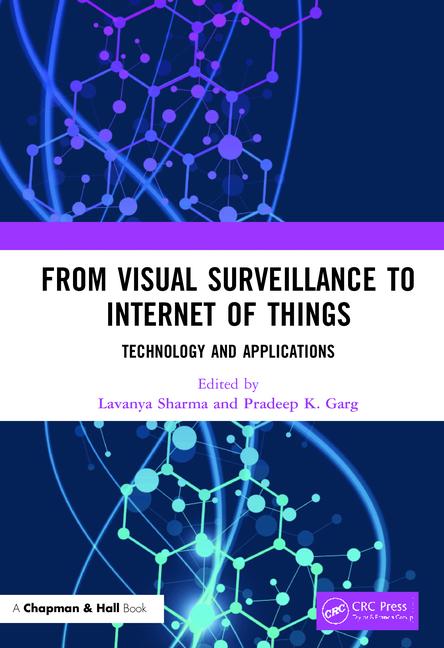DICE Corporation, Bay City, Mich., held its 2011 Users Group Conference (DUG ‘11) in Bay City, August 8 -10. There were several changes to the structure of the conference this year as well as new projects.
Two key projects DICE is working on that echoed in conversation throughout the conference were automated PSAP communications and IP networks. Ed Bonifas, president of the Central Station Alarm Association (CSAA), presented “ASAP to the PSAP,” as the new communications protocol currently used in Houston and Richmond, Va., has been dubbed. “Along the way in trying to figure out how we were going to do this communication, the biggest hurdle we ran into was, how are we going to get the data directly into the PSAP itself. They just weren’t going to let us put Internet lines into their PSAPs; there’s no telling what could come through them or how secure it was.” That’s where the International Justice and Public Safety Network (Nlets), which tie PSAPs across the country together, comes in. “There are 6,000 PSAPs that through state networks and back through Nlets, have got one big network,” Bonifas explained. “It’s trusted, it’s secure and it works.”
DICE helped develop an algorithm that transmits that electronic signal from a central station through an Nlets server into the PSAP. United Central Control, represented at DUG ‘11 by IT project manager Mark McCall, is one of three monitoring companies currently participating in the program with a data connection to the Houston PSAP. Other monitoring companies, including Engineered Protection Systems Inc. (EPS), are also working with the CSAA, and APCO to develop the program and bring more PSAPs online. For more on the Automated Secure Alarm Protocol Program (ASAP), read “Monitronics Expects Reduced Response Time, Error & No. of Calls with Automated Dispatch Program."
“In the future, alarm companies will send signals into a PSAP electronically. You won’t call,” president and chief executive officer Clifford Dice said, adding, “I suspect in 10 years, maybe even less, I don’t think you’ll be able to pick up the phone and talk to a PSAP anymore.”
Also in the near future, Dice believes, is a pressing need for safer ways to handle IP signals. “In 2011 through 2012, we’re going to be building an IP network throughout Canada and the United States. It’ll be scalable for IP platform and IP alarm delivery, provide multi-site failover of IP signaling to DR centers. It’ll provide two-way voice and voice services, IP-based video and audio support, and IP routing and networks.
“Right now what you have is the whole alarm industry going to IP panels,” Dice continued. “And the alarm panels are typically driven to an alarm company site. If the network goes down and the alarm company goes down, you can’t really route those IP signals anywhere. What is needed is to drive the IP to a center that then has multiple homing so that normally the signals are going to an alarm center, but in case of a failure anywhere along the way it routes into a DR center or a second site.”
During this year’s conference, the evident focus was to re-focus efforts. DICE is in pure development mode, creating new solutions that truly work for its customers and not actively seeking new customers. This year, the DICE Users Group was restructured from one large group to form 11 smaller subcommittees. Several months in advance of the conference these groups began scheduling quarterly meetings. This resulted in visible differences at DUG ‘11 compared to last year’s conference. There were more sessions this year, each headed by a subcommittee chairperson or member, which centered exclusively on one product division, its development, applications and challenges.
“The new format for the users group meeting, to me, was very beneficial,” said Amy Jo Feliciano of EPS, 2011 CSAA Central Station Manager of the Year, who headed the Matrix Service and Fire Inspection discussion and actively participated throughout. “Users have more of a say, the quarterly meetings are in separate settings — it’s much more beneficial than it’s been in the past. Each user can join any committee they want to be a part of to look for the future, even if they’re not using that module or that portion of DICE right now.”
Several customers were spotted during the event signing up to join the subcommittees that interested them most.
Educational discussions with peers at DICE’s annual conference, however, were always present, according to Gino Digioacchino, president of The Monitoring Center. His company has been a DICE customer for 11 years and someone from his company attends every year. After a session on DICE’s Quantum Operator product, Digioacchino remarked that hearing first-hand how others are using a product he’s interested in is one of the great advantages of attending the conference. “The interesting part is what just happened — the sharing of knowledge. We love that particular product but we’re not ready for it. We’re piloting other products and don’t want to pilot three or four at the same time. Those were great stats coming from real live people telling you what their savings are.”
In the same vein, Dice kicked off the conference by restating his mission as it was when he first founded DICE Corporation. “What DICE is building, what we’re evolving into, which is my vision, is an infrastructure company. It’s what I started the company in the early ‘90s to be. Not just selling a software solution, but basically to do everything the client needs. If they want us to do one piece — that’s great — and if they want us to do the whole thing — that’s great, too. So each one of these areas and divisions and the software that enhances those divisions is wrapped around the theory and process that focuses on equipping and servicing our clients with everything they need from a technology standpoint.” — By Sabrina Gasulla, Associate Editor.








